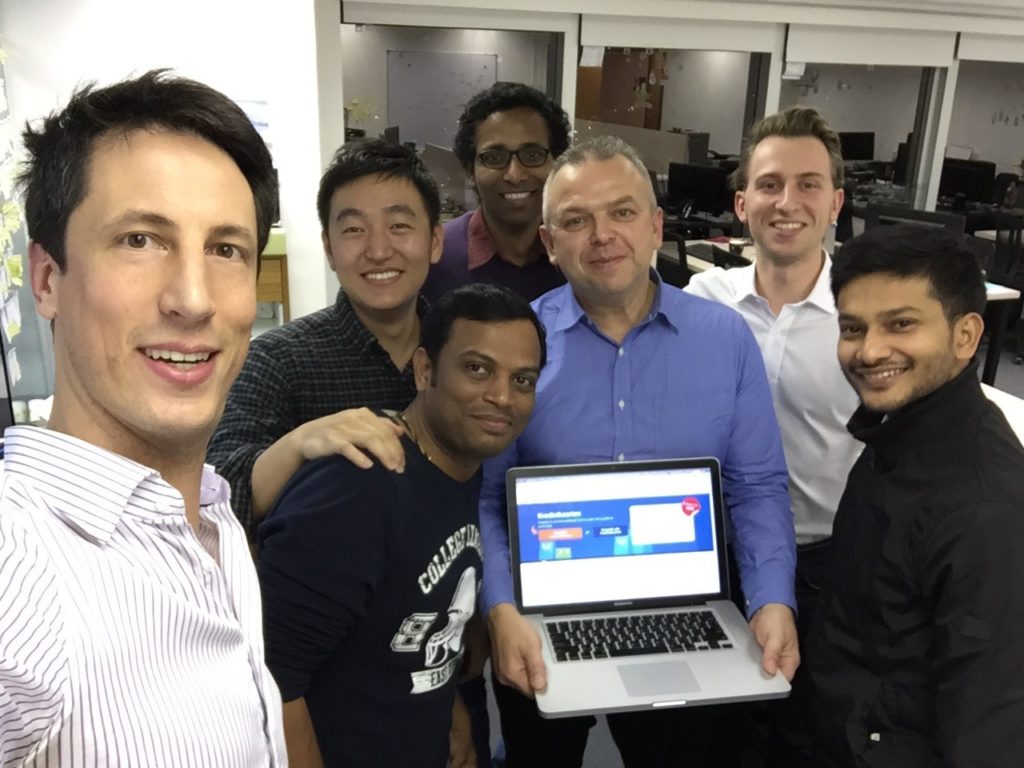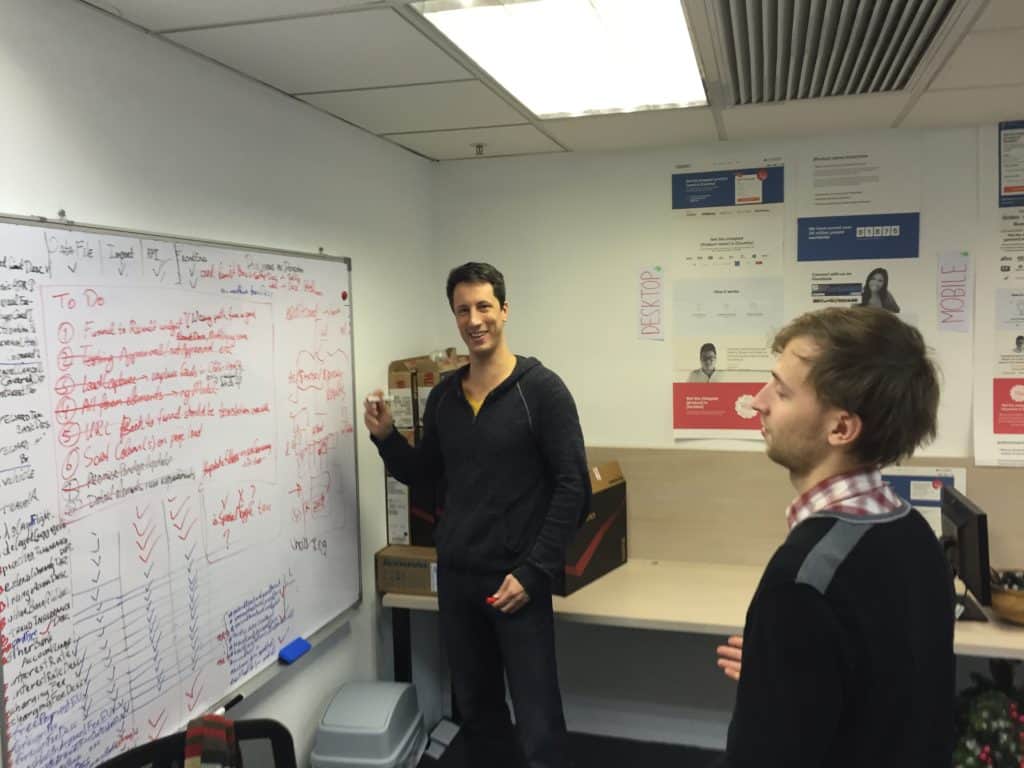Hyphen Group, CompareEuropeGroup – the largest financial comparison group with a presence in 13 markets across South East Asia and Europe. Through local platforms helping millions of customers every month to easily compare rates and services of insurance, banking, telco and other home services providers. In year 2016 saved users over $100 million. Brands include MoneyHero.com.hk, Samlino.dk, Coru.com.
My role
- As a Product Manager, worked on developing a fintech platform (cards, loans) from scratch.
- Oversight of full platform migration for 9 markets. Acted as the key liaison between regional stakeholders and the tech team in Hong Kong.
- As the 20th employee, established and improved company-wide cross functional processes.
Results
- Successfully delivered the platform in 2.5 months.
- Led the creation of a company-wide knowledge base that reduced downtime by 40%, leading to a more stable product.
- Brought autonomy to 300+ employees, enabled the business to become more scalable and subsequently made myself obsolete to take up a new role.
Although there are various areas to share, I would like to bring out some of the key problems I faced as a Product Manager, along with the learnings and decisions made along the way.
Product evolution
I was brought on-board to re-platform the business, directly working with the Head of Product and the Chief Architect both of whom were critical in the delivery process. My work resolved around all product related aspects.
Goal: With 12 markets running at that given time the goal was to build a new platform for all services (credit cards, insurance, personal loans etc), take one of the existing markets, and migrate it onto the new platform. All within three months.
The top management knew that we wanted to have a more efficient platform, but it was relatively unknown how much work it would take to first create it, followed by migration of one of the markets (and later all markets).
Kick-off
When I came on board I made “listening” my key priority. Constant communication with stakeholders proved to be a vital part in each step of the process. From mapping out existing usages, use-cases, integrated products, and challenges, to understanding what keeps the business from moving the needle.
I identified and set up meetings with each cross-functional representatives to hear out the champions of each business functions. They proved to be vital points of contact in mapping out the existing business functions, synthesising ideas, and receiving product feedback.
After learning and reviewing each tech and business process in detail, with a sheer number of challenges and attempts to find common patterns, it became evident that there is no one solution that would work for all. There was no scalable nor straightforward solution which could be implemented, which made me question the feasibility of migrating a whole existing market to the new platform within a given time period.
So what should be done when building a platform for business where many tech and business functions don’t share common ground? Reduce the scope of the project and deliver an MVP.
Majority of existing markets we operated had two common services – credit card and personal loan. In order to streamline the process it made most sense to reduce the scope from “all services” to those two.
Culture evolution
Given that this project was bringing about a big shift from technological and organizational aspect it required a delicate, yet bold approach in stakeholder management and product development. It was about to bring a radical change for every internal and external team member (+300 of them), which in turn required from me to be the product evangelist to build awareness and understanding.
As we were working with a talented team of 12 to take the organisation to the next level, this development was more of a cultural shift than anything else. From experience I can say that changing the culture of an organisation is like changing the plane while flying.
It was predictable that we will face resistance, but possibly I underestimated the extent of it. With enough details in hand of the current situation, along with future roadmap of new upcoming markets, I presented the details to the Head of Product. Finally, the decision was to decouple from the idea of delivering it to existing markets, and to focus on the new market (already in the pipeline) who was eager to get their hands on the platform. In the face of resistance from existing (business) customers, you either brute-force, or try to gain buy-in by delivering a relatable MVP. We went with the latter.
Development
While bringing the product vision into a strategy, followed by detailed requirements and prototypes, I was continuously involved with our development team, external teams, executives, and other product management teams.
During development using Scrum framework I started to see the challenge of delivering critical stories on time, relatively low adaptability in the constantly changing environment. We then decided try out and go from Scrum to Kanban, which lasted until the end of the delivery of the project.
It proved to be a good move as we could now have a continuous flow and delivery. Though not recommended for long term due to it’s high pressure (yes, no breaks when sprint work is done), it was something we needed at that given time. Team members could jump in on tickets to help remove roadblocks and enable a smooth delivery of the most critical items.
The fact that I had introduced large scope and direction changes, we were able to adapt better than if we would have used Scrum framework.
While creating and maintaining part of the product vision, development strategy and agile product backlog, I have to give great credit to the strong team behind the product.

When it was time to expand the product to the rest of the company it was about bringing rest of the teams up-to-speed who could then take it further to all the products and therefore markets we operated in.
Honestly speaking, it was quite a tough nut to crack with a number of moving pieces, but when empathy is deployed throughout the process one can detach and see all the pieces come together, helping to connect the dots and deliver.
How do I measure the success of this product? Nailing down the MVP scope which is large enough to move the needle in business, yet small enough to deliver at a short amount of time which in return helps us learn and iterate at a fast rate.

